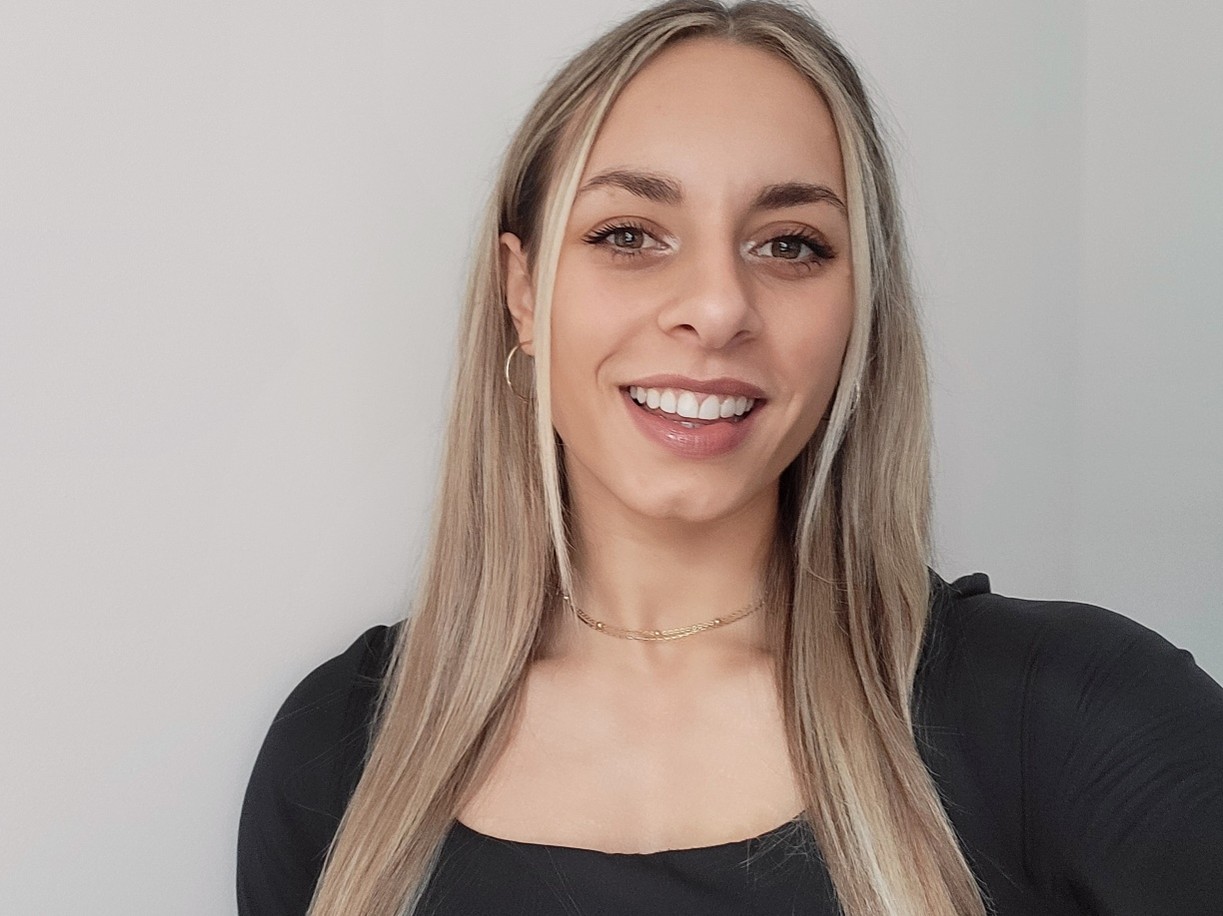Making Maths Meaningful: Teaching With Creativity
- By Charlie Kenyon

I used to hate maths. One of my earliest memories is from primary school, when our teacher made us recite our times tables in front of the entire class. I remember the anxiety it caused – the pressure to get it right, the fear of making a mistake. I’ve never been quick at mental arithmetic, which is ironic considering I now have a degree in maths and teach the subject. But back then, it made me dread maths lessons. The constant expectation to perform rapid calculations left me feeling anxious and inadequate.
It wasn’t until later in life that I truly began to appreciate maths for what it really is: a beautiful exploration of the world through numbers, patterns, and shapes. So how can we, as teachers, help our students see maths through a different, more exciting lens?
Bringing creativity into lessons can break the illusion that maths is only for those who excel at mental arithmetic. As educators, it's our responsibility to show students that maths is more than just a series of calculations. If speed were the only measure of mathematical ability, we would be nothing more than human calculators. Instead, we should help students see maths as a rich, multidimensional subject, one that encourages curiosity, problem-solving, and deeper thinking.
As I learned to appreciate maths beyond numbers, I infused creativity into my lessons. I experimented with different teaching methods, using real-world examples to engage students. When teaching about income tax, I displayed an old payslip under a visualiser. Seeing maths in action captivated my students – they were eager to understand salaries, deductions, and taxes (and, of course, how much I used to earn!).
I also drew on my background as a scientist, explaining how I used standard form to count cells in a flask or relied on ratios for dilutions. These connections helped students see maths as a practical tool used in countless professions and everyday life.
One of my favourite lessons on pi involved a hands-on experiment where students used string to explore the relationship between a circle’s circumference and its diameter. Instead of memorising a formula, they uncovered the concept themselves. I also tied it to history, explaining how ancient Greek mathematicians were fascinated by geometry, discoveries that still shape our understanding today. Similarly, when teaching proportion, I posed a fun question: why do people prefer a Kit Kat Chunky over a regular Kit Kat? Discussing the chocolate-to-wafer ratio made the topic relatable and engaging.
Beyond my own lessons, I’ve learned from experienced teachers. One introduced a financial maths project where students designed their own holiday – budgeting, converting currencies, and researching destinations. Another used a simple hands-on approach to trigonometry: building a clinometer with a protractor, a straw, and string, then measuring real building heights outside.
At its core, creative maths teaching bridges the gap between abstract concepts and real life. We assume topics like bills, finances, and taxes are dull, but to students eager for adulthood, they’re surprisingly engaging. Giving them the tools to navigate these realities can be incredibly empowering.
Creativity in maths also requires us to be present and observant – something increasingly difficult in an age of digital distractions. But when we take the time to make connections and think outside the box, we can create opportunities for students to engage with maths in deeper, more personal ways.
So, be courageous. Try new things. Some ideas might flop, becoming funny stories to tell later, but others might turn into some of the best lessons you’ve ever taught – moments that transform the way students see maths and their own potential. The only way to know is to give it a try.
By Charlie Kenyon
www.linkedin.com/in/charlie-kenyon
Image of Charlie Kenyon supplied by the author.
------
Keep up-to-date with the latest Maths Scholarships news:
Find us on Twitter, Instagram, LinkedIn, YouTube, and Facebook.